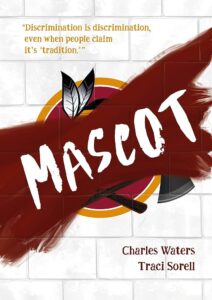In her book Kin: Rooted in Hope, award-winning children’s author and poet Carole Boston Weatherford takes a family roots story and turns it into the wider tale of American slavery. Through research, Weatherford discovered that her ancestors fought in the American Revolution and were enslaved alongside Frederick Douglass. They also fought in the Civil War and co-founded a village in Maryland during Reconstruction. Many generations lived at Wye House, named for the Wye River which empties into Chesapeake Bay.
Through poetry, Weatherford takes readers on a journey that gives voice to people and places, a technique that takes a wide view of history as well as her own family story. Some poems are written from her perspective, but others use historical texts or context to bring in other viewpoints. Chesapeake Bay, members of the Lloyd family (which ruled Wye House and owned several plantations in the area), Frederick Douglass, Weatherford’s ancestors, and more voices come to life.
She uses official documents, like the one that declares “offspring follows belly, meaning children born to enslaved mothers were themselves enslaved—from day one,” and quotes from writings by Frederick Douglass.
Weatherford collaborated with her son, Jeffrey Boston Weatherford, who provided the art for the story. His black and white scratchboard illustrations add impact, in particular with the faces and eyes of the people he depicts.
Kin: Rooted in Hope is for young readers aged 10 and up, but I highly recommend it for adults as well. If you’re interested in learning more about the author, check out her guest post on this site or her website: https://cbweatherford.com/.
The publisher provided me with a copy of this title in exchange for my honest review.









